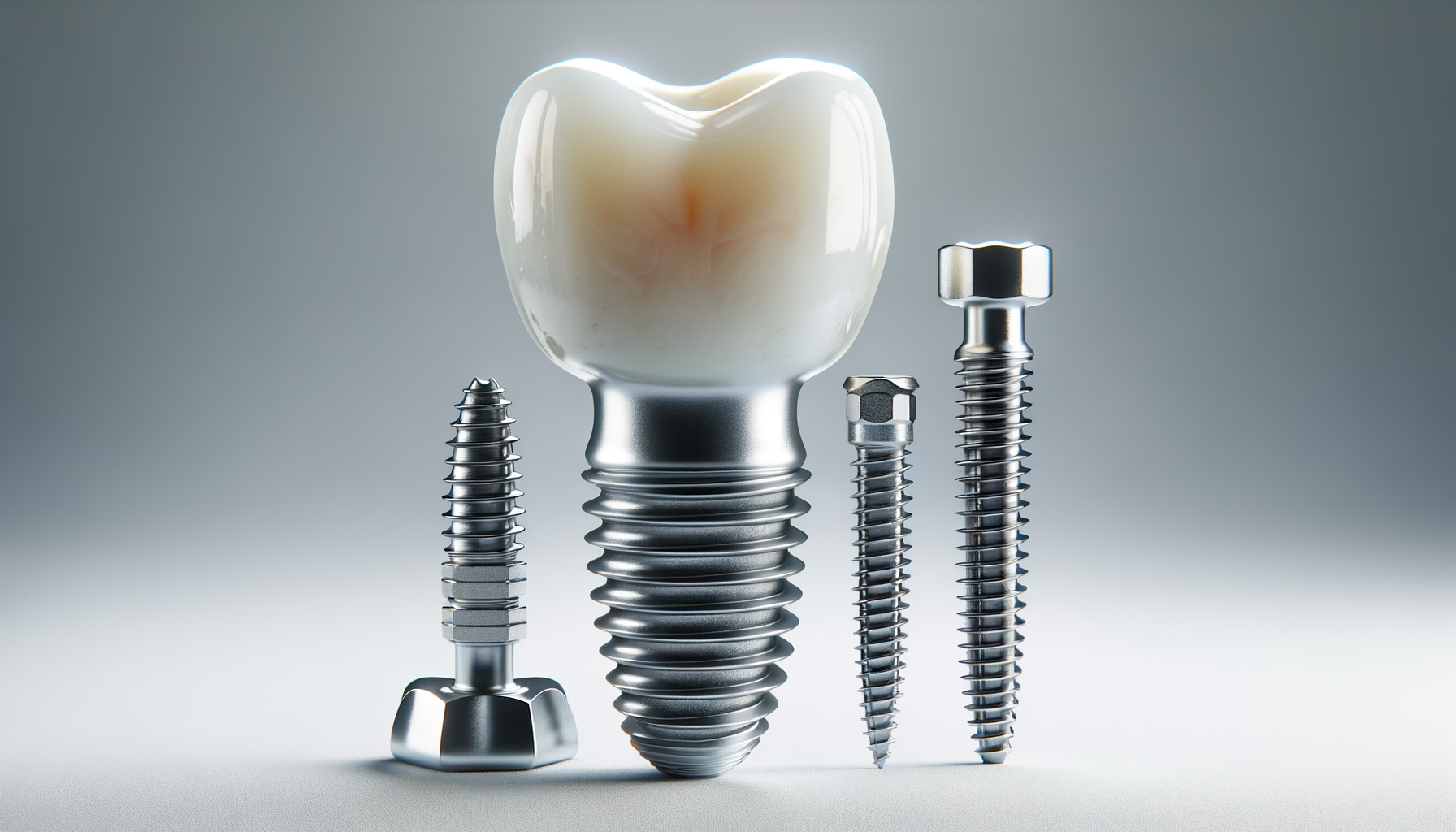Understanding Dental Implants: What They Are and How They Work
Dental implants are a revolutionary solution for those who have lost one or more teeth, providing a permanent and natural-looking replacement. Unlike dentures or bridges, dental implants are surgically placed into the jawbone, serving as artificial roots for new teeth. This procedure involves several steps, beginning with a thorough evaluation by a dental professional to ensure the patient’s jawbone is healthy enough to support the implant.
The process typically starts with the placement of a titanium post into the jawbone, which acts as the root of the new tooth. Over time, the bone grows around the post, a process known as osseointegration, creating a strong foundation for the artificial tooth. Once the post is securely in place, an abutment is attached to it, and a custom-made crown is placed on top, completing the restoration. This approach not only restores the appearance of a natural tooth but also maintains the integrity of the jawbone, preventing further bone loss.
Dental implants are suitable for most adults, with the success rate being notably high. However, they may not be recommended for individuals with certain medical conditions or those who have insufficient bone density. For these cases, additional procedures such as bone grafting might be necessary to prepare the jawbone for implantation. The entire process can take several months, but the result is a durable and aesthetically pleasing solution that functions like a natural tooth.
The Benefits of Choosing Dental Implants
Dental implants offer numerous advantages over traditional tooth replacement options. One of the primary benefits is their durability. With proper care, dental implants can last a lifetime, making them a cost-effective solution in the long term. Unlike dentures, which may need to be replaced or adjusted over time, implants provide a stable and permanent option that does not require special maintenance.
Another significant benefit is the improvement in oral health. Dental implants do not require the reduction of adjacent teeth, as is necessary with bridges. This preservation of natural teeth helps maintain overall dental health. Additionally, implants stimulate the jawbone, preventing bone loss that often occurs with missing teeth. This not only maintains facial structure but also prevents the shifting of adjacent teeth, which can lead to further dental issues.
Moreover, dental implants offer enhanced comfort and functionality. They eliminate the discomfort and inconvenience often associated with removable dentures, allowing individuals to eat, speak, and smile with confidence. The natural appearance of the implants also boosts self-esteem, as they blend seamlessly with existing teeth, providing a complete and beautiful smile.
In summary, dental implants are a well-regarded choice for those seeking a reliable and effective solution to tooth loss. Their ability to restore both function and aesthetics makes them a preferred option for many individuals.
Considerations and Costs: What to Expect
While dental implants offer numerous benefits, potential candidates should consider several factors before proceeding with the procedure. One of the primary considerations is the cost, which can vary significantly depending on several factors, including the number of implants needed, the complexity of the procedure, and the geographic location of the dental practice. On average, the cost of a single dental implant in the USA can range from $3,000 to $5,000, including the post, abutment, and crown.
Insurance coverage for dental implants can also vary. Some dental insurance plans may cover a portion of the cost, but many consider it a cosmetic procedure and may not provide substantial coverage. It’s essential for patients to discuss payment options and insurance coverage with their dental provider to understand the financial commitment involved.
Another consideration is the time commitment. The entire process of receiving dental implants can take several months, from initial consultation to the final placement of the crown. This includes the healing period after the post is implanted, during which the bone must integrate with the post. Patients should be prepared for multiple visits to the dental office and follow-up care to ensure the success of the implants.
Despite these considerations, many find the investment in dental implants worthwhile due to the long-term benefits they provide. Consulting with a qualified dental professional can help individuals determine if dental implants are the right choice for their needs and circumstances.








